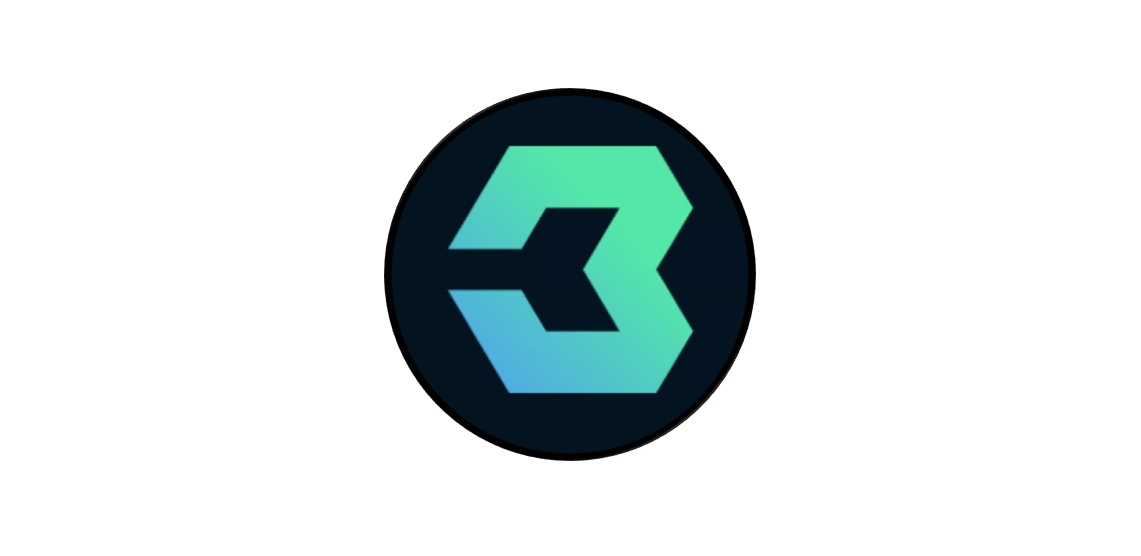Chaque semaine, nous vous proposons en version intégrale un article BLOCKSTORIES, une plate-forme de référence pour les institutionnels concernant les cryptoactifs.
Cet article est extrait de leur newsletter hebdomadaire. Vous disposez d'un lien en bas d'article pour vous y abonner.
The world’s first
This week, Eurex Clearing became the first clearing house to complete a live transaction on a DLT-based system. Unlike other projects, it didn’t rely on tokenizing collateral and moving it onchain. Instead, it created a digital record while keeping the collateral with its original custodian.
Why it matters
Traditionally, moving collateral between Central Securities Depositaries (CSDs) and custodians could take hours or even days. The system provides a new way to meet urgent margin calls in near real time by mobilizing collateral digitally without physically moving the securities. This reduces reliance on cash and helps lower systemic risk during stressed conditions.
“Clients have long faced fragmented collateral custody setups where collateral securities couldn’t easily be used across locations,” Dr. Efthimia Kefalea, Head of Derivatives Clearing Development at Eurex Clearing, told Blockstories. “With this setup, they can leave assets where they are and still post them as margin collateral to the CCP within minutes, without costly links or manual transfers.”
A top-tier player
This launch is noteworthy as Eurex Clearing is one of the leading, systemically important Central Counterparties globally, consistently ranking among the top three worldwide by notional volumes. Since January 2012, it has been fully owned by Deutsche Börse Group.
From testing to approval
Given Eurex’s scale, launching a DLT-based service required BaFin’s regulatory green light, which was granted in November 2024. The platform went live on June 30, and just weeks later J.P. Morgan executed the first transaction on behalf of its client PGGM, a major Dutch pension fund investor.
“We did a very thorough risk analysis together with our partners and legal advisors to make sure this new technology doesn’t introduce additional risks for a CCP,” said Dr. Efthimia Kefalea. “That’s why we intentionally chose a model without tokenization. The legal nature of the assets remains entirely unchanged – only their mobilization is recorded digitally – which was crucial to ensure regulatory compliance.”
How the flow works
- Creating the record: A clearing member such as J.P. Morgan, or one of its clients like PGGM, holds securities at a custodian of choice connected to the HQLAx digital network. Instead of tokenizing the asset, HQLAx creates a Digital Collateral Record (DCR), representing the security without altering its legal nature.
- Verifying and tracking: HQLAx coordinates the process, while Clearstream International acts as the trusted third party maintaining the golden record, the legally recognized golden source of truth for ownership and collateral asset location.
- Posting the collateral to Eurex Clearing: Once Clearstream confirms the transfer, the collateral becomes available to Eurex Clearing. The clearing member posts it to meet margin requirements, and it is processed like any other collateral.
Next steps
With the service now live, Eurex aims to onboard more clearing members and their clients.
“The clients of our clearing members can benefit from the service without needing to join the HQLAx ecosystem directly, which simplifies adoption further,” noted Dr. Efthimia Kefalea. “Several institutions are already reviewing the service, with more onboarding expected soon. Our next focus is on exploring how this powerful technology can further enhance our broader service landscape, driving innovation, improving efficiency, and creating new value across the clearing ecosystem.”
L'avis de Blockstories
HQLAx’s model stands out for avoiding the legal complexities that have slowed many tokenization projects. By decoupling title transfer from the physical movement of assets, it gives market participants near-instant access to collateral while staying within existing custody and regulatory frameworks.
Trade formation happens off-chain under established contractual agreements, such as the English law GMSLA, and is executed on venues like Eurex Repo or other multilateral trading facilities (MTFs). HQLAx itself is not part of trade formation but delivers an innovative, widely recognised post-trade settlement solution.
This approach offers a practical way for institutions to capture blockchain efficiencies, especially in post-trade settlement and collateral mobility, without the legal and operational hurdles of full tokenization. While both models have their place, HQLAx is particularly well suited for players seeking precision, speed, and compatibility with today’s infrastructure.
Blockstories, la plateforme de référence pour les institutionnels concernant les cryptoactifs.
Pour vous abonner :




Member discussion: